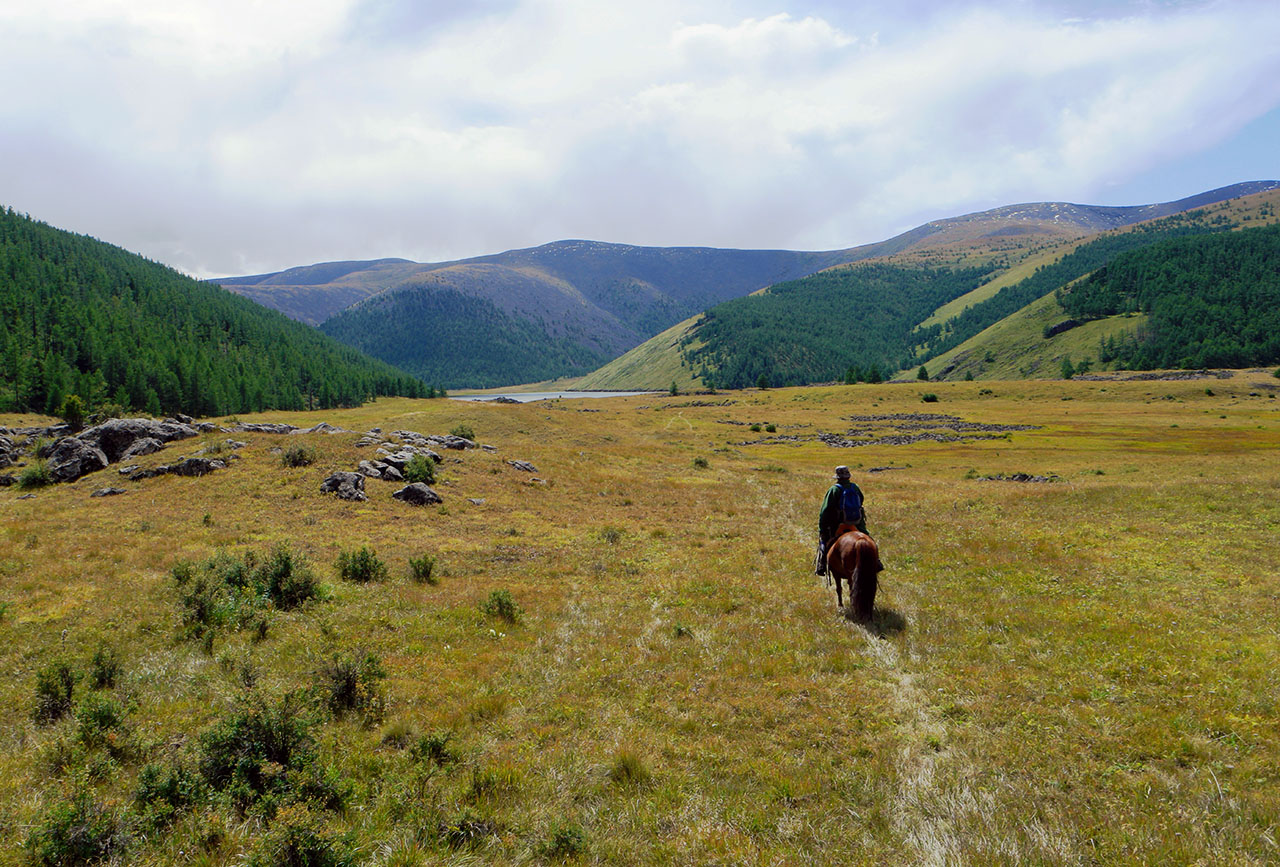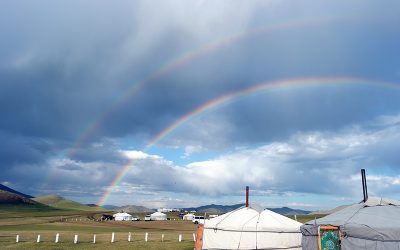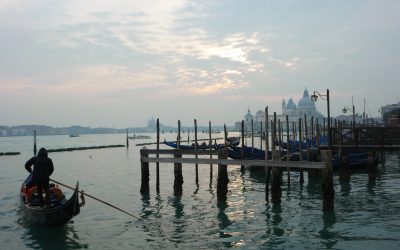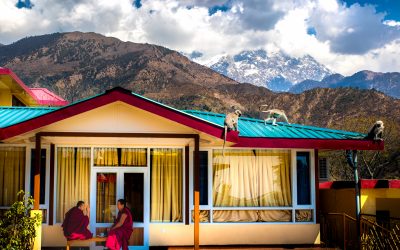Abstract
Mongolia is exceptionally rich in coal and copper-gold resources – with world-class deposits like Tavan Tolgoi, Oyu Tolgoi and Erdenet. Thus, the mining industry has a crucial importance for the national economy, yet most of the country remain very underexplored. Within today’s global tectonics, an acceptable understanding of metal enrichments – including leaching, the internal hydrostatic-hydraulic pumping system, and surface emplacement mechanisms – has remained unresolved. However, a broader view of the structural situation in the Mongolia-China region shows a close link between orientation of elongate sedimentary basins, important mineral belts, and the fundamental orthogonal fracture/fault system. In the east the tectonic trend is dominantly northeast, while it is northwest in western areas. The main east Mongolian graphite deposits have northeast structural trends like numerous regional Cu and Au belts. A new theory of the earth, Global Wrench Tectonics, offers an exciting approach to better understanding the various facets of Earth’s geological history and its surface resources. Earth’s degassing, dynamo-tectonic consequences, inertia-driven crustal wrench tectonics, as well as surface products such as water, hydrocarbons and ore deposits are given a coherent system explanation. Many hydrocarbons are products from the interior of our slowly degassing Earth, with massive hydrocarbon fields such as Songliao and the Yamal megaproject producing from the basement. Crustal thinning in the Songliao region is about the same as in southeast Mongolia, suggesting that they may have had similar degassing and crustal evolution histories. As such, it is not unlikely that the underexplored Mesozoic basins of southeast Mongolia – particularly at the deepest levels and/or in the adjacent crystalline basement – may have important hydrocarbon potential.
Original found at: https://doi.org/10.5564/mgs.v29i58.3234
Authors:
Karsten M. Storetvedt
Geophysical Institute, University of Bergen, 5020 Bergen, Norway
Per Michaelsen
Geoscience Center, School of Geology and Mining Engineering, Mongolian University of Science and Technology, Ulaanbaatar, 14191, Mongolia https://orcid.org/0000-0003-4075-8943




